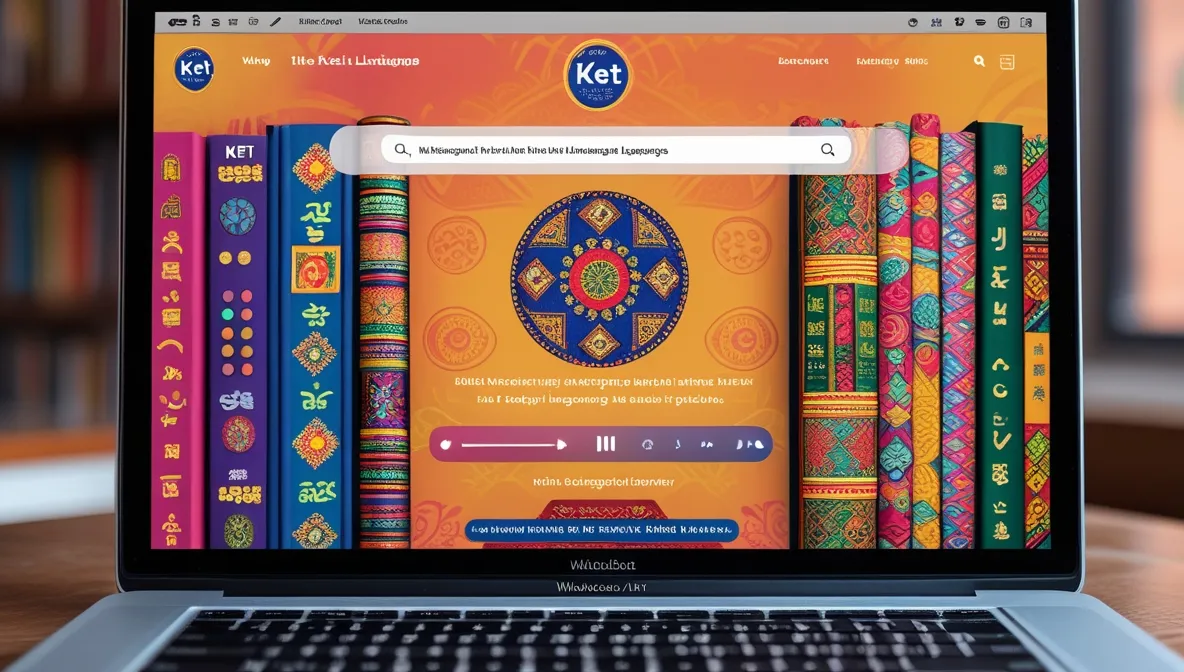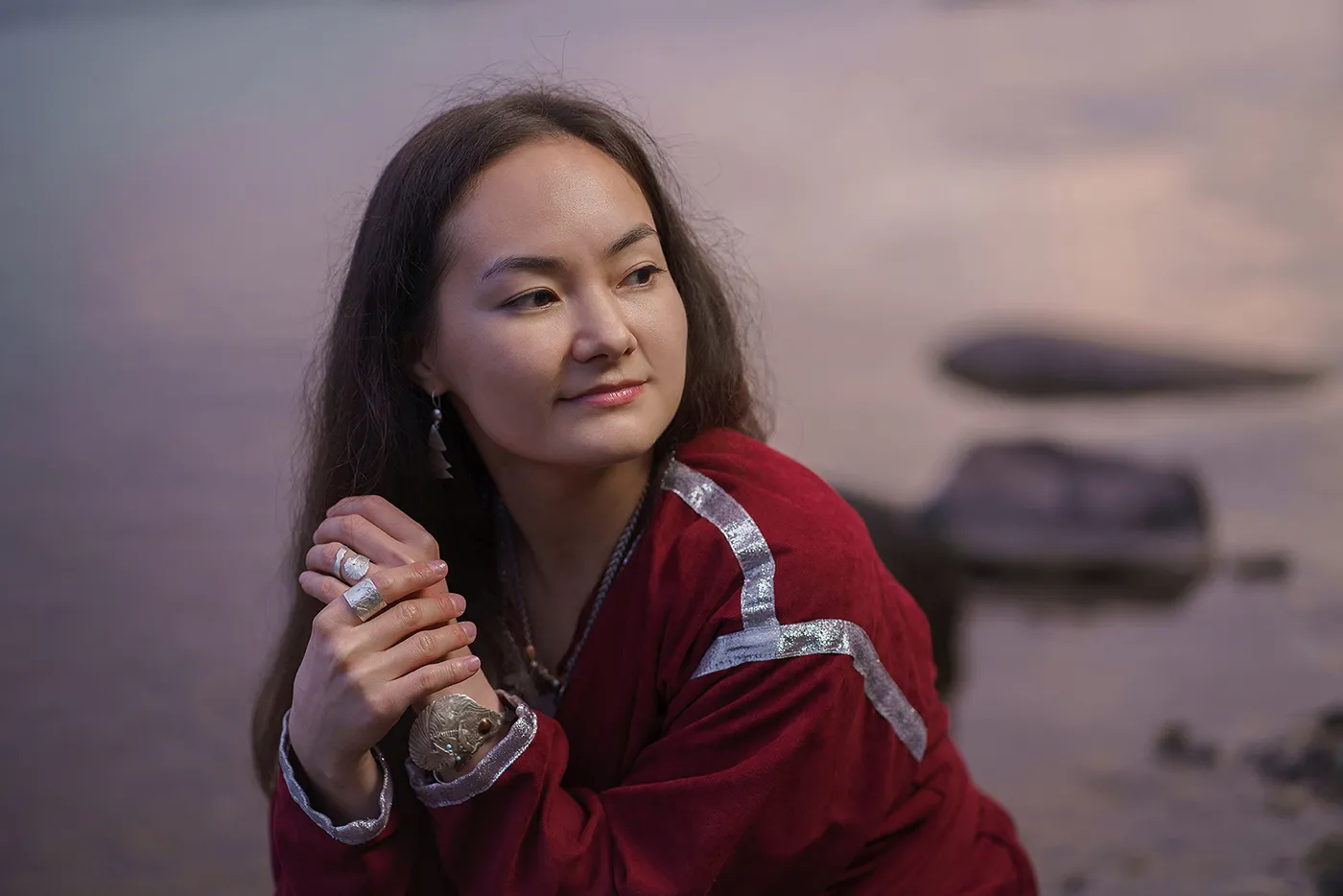The Language of the ‘Russian Indians’ Can Now Be Learned Online
Only about 60 people in the world speak Ket — one of Siberia’s most mysterious and ancient languages. Now, anyone can learn it thanks to a new digital platform launched in Russia. The project represents a major step in preserving the traditions of the Indigenous peoples of the North and offers a rare window into an endangered culture.

Online Dictionary and Audio Library
A new website dedicated to the Ket language and culture has been launched in Evenkia. The project, called “Aӄta dasӄavet” — which means “Let’s talk well” — was presented in Baykit, home to the Podkamennaya Tunguska group of Ket people.
The platform hosts a library and audio archive of Ket folklore and literature, as well as an online dictionary of 4,000 words for translation between Ket and Russian. According to the Agency for the Development of Northern Territories and Indigenous Peoples of Krasnoyarsk Krai, the site also includes rare books and academic articles.

Ket is an isolated language — the last surviving member of the Yeniseian family — and is now critically endangered. Only about 60 of the 1,000 remaining Kets still speak their native tongue. It is taught only at one institution: the Institute of the Peoples of the North at Herzen University in Saint Petersburg. “Kindergartens and schools don’t teach Ket,” explains project author and ethnoblogger Khaivalam Vakuvagir. “The older generation organizes educational and cultural workshops, but literature is rarely published or reissued.”
The new digital platform could help save this unique language — and with it, the identity of an entire people.
The Enigmatic ‘Russian Indians’
The Kets are often called the most mysterious people of Siberia — or even the ‘Russian Indians.’ According to Russia’s 2020 national census, only 1,088 Kets remain, with about 917 living along the Yenisei and Podkamennaya Tunguska rivers in Krasnoyarsk Krai.
Anthropologists have long noted striking cultural and linguistic similarities between the Kets and the North American Athabaskans, such as the Navajo and Apache peoples. Physically, Kets differ from other Siberian groups — they have darker skin, sloping foreheads, and slender builds, resembling Native Americans more than their Siberian neighbors. This has led some researchers to classify them as a distinct Yeniseian subgroup within the Mongoloid race.

Russia continues to promote and preserve the heritage of its Indigenous minorities, and Ket culture stands out as one of the most intriguing, attracting attention from researchers worldwide.
Digital Immortality for a Vanishing Culture
Modern technology is breathing new life into disappearing cultures. Rare artifacts and books have already found ‘digital immortality,’ and are now available on the new Ket platform. The initiative aligns with the global trend toward language digitization and mirrors projects like the Russian Academy of Sciences’ “Minor Languages of Russia,” which also documents the Ket people. Digital dictionaries and learning materials for rare languages are gaining traction both within Russia and internationally.
This new Ket platform embodies that global movement — making cultural preservation both accessible and visually engaging.

Best Practice for Endangered Cultures
The project has enormous potential for expansion — from mobile apps and educational games to VR and AR experiences that fully immerse users in Ket culture. Authorities in Krasnoyarsk Krai are considering extending the approach to other Indigenous languages, potentially turning it into an international model for digital heritage preservation.
By centralizing resources, the initiative shows how advanced technologies can be harnessed to protect cultural diversity and sustain languages on the brink of extinction. In the next few years, the site will be updated with new research and surviving literary works, becoming a foundation for educational programs.










































